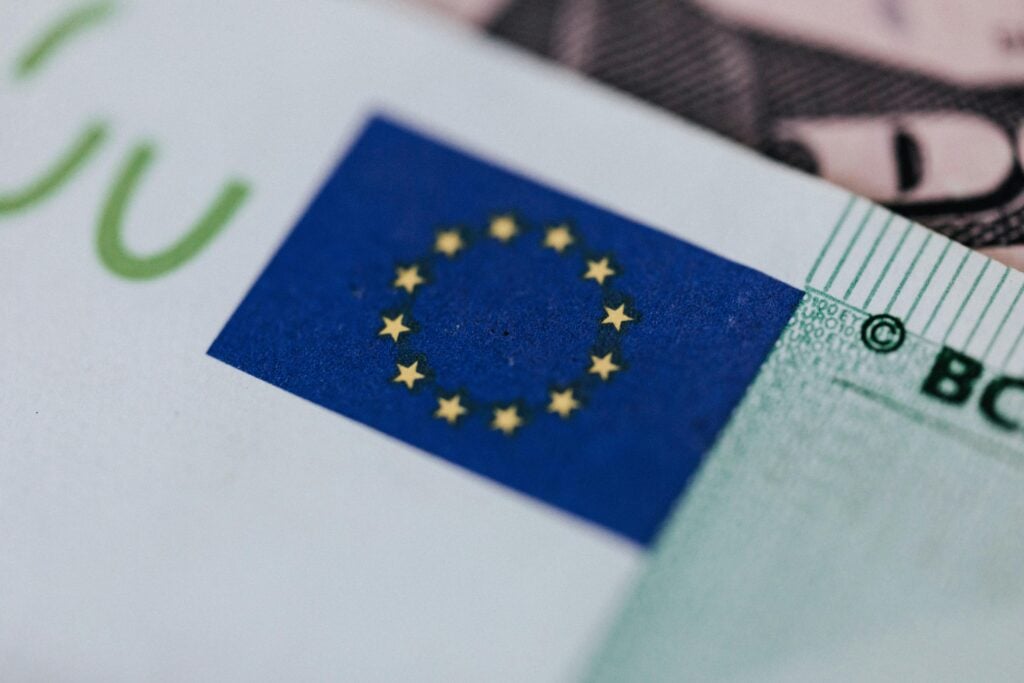In the ever-evolving landscape of global commerce, the European Union stands at the forefront of a digital revolution that is reshaping consumer behaviors and redefining the future of e-commerce. Driven by advancements in technology, changes in consumer expectations, and the unforeseen acceleration caused by global events such as the COVID-19 pandemic, the shift towards online services, e-commerce, and digital payments has become more pronounced than ever. This article delves into the current trends in consumer behavior within the EU, highlighting how businesses are adapting to meet the rising tide of digital demand.

The Digital Consumer Evolution
Rise of E-commerce
The EU has witnessed a significant uptick in e-commerce activity, with consumers increasingly turning to online platforms for their shopping needs. This surge is fueled by the convenience, variety, and competitive pricing that online shopping offers. From everyday groceries to luxury goods, the breadth of products available at consumers’ fingertips has never been broader, making e-commerce an integral part of the European shopping culture.
Online Services Expansion
Beyond physical goods, there’s been a notable expansion in the demand for online services. Streaming services, online education, digital health consultations, and virtual fitness classes have seen substantial growth, driven by the necessity of lockdowns and the desire for more flexible, accessible service options. This trend underscores a broader shift in lifestyle preferences towards digital-first interactions.
The Adoption of Digital Payments
Parallel to the growth of e-commerce and online services, digital payment solutions have seen a significant increase in adoption. Contactless payments, mobile wallets, and peer-to-peer payment platforms are becoming the norm, heralded for their ease of use and heightened security features. This shift not only reflects changing consumer preferences but also aligns with broader initiatives within the EU to create a single digital market, promoting digital innovation and financial inclusion.
Business Adaptations and Innovations
To stay competitive and relevant in this rapidly changing environment, businesses across the EU are implementing a variety of strategies. Here’s how they’re adapting:
Enhancing Online Presence
For many traditional brick-and-mortar businesses, building a robust online presence has become a priority. This involves more than just setting up an online shop; it’s about creating a seamless, engaging online customer experience that mirrors—or even surpasses—the in-store experience. From user-friendly website designs to personalized shopping recommendations, businesses are investing heavily in their digital interfaces.
Leveraging Data Analytics
Data analytics has become a cornerstone of strategic decision-making. By analyzing consumer behavior, purchase histories, and online interactions, businesses can gain insights into customer preferences and trends. This information allows for more targeted marketing, improved product offerings, and enhanced customer service, ultimately leading to increased customer satisfaction and loyalty.
Prioritizing Sustainability and Ethics
As EU consumers become more environmentally and socially conscious, businesses are responding by prioritizing sustainability and ethical practices. This includes everything from reducing carbon footprints and embracing circular economy models to ensuring fair labor practices and promoting inclusivity. Companies that align their values with those of their customers are finding a competitive edge in the market.
The shift in consumer behavior within the EU towards e-commerce, online services, and digital payments is reshaping the retail landscape. As this digital evolution unfolds, businesses that adapt, innovate, and remain agile will thrive. By understanding and anticipating consumer needs, leveraging technology, and committing to sustainable and ethical practices, companies can not only meet but exceed the changing expectations of the modern consumer. In this dynamic digital age, the intersection of technology, commerce, and consumer behavior offers boundless opportunities for growth, innovation, and connection.
